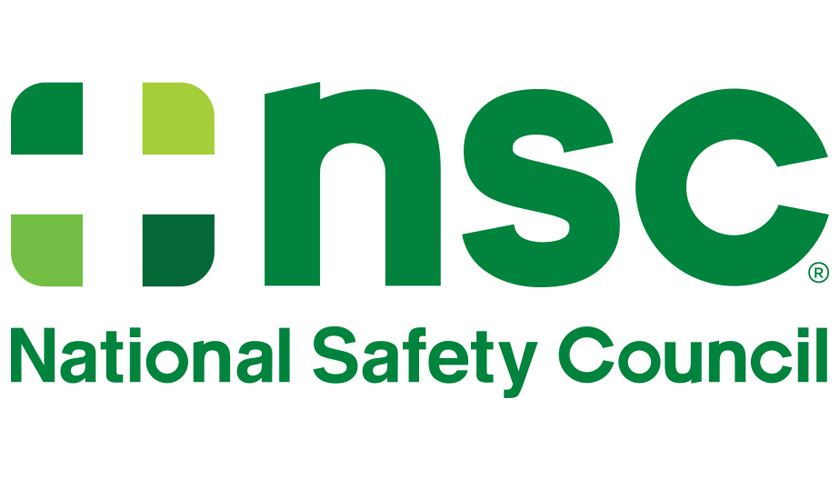In 2023, over 40,000 people lost their lives on U.S. roadways, according to the National Highway Traffic Safety Administration. Recognizing how dangerous roadways have become and that SUVs, vans and pickup trucks account for nearly 75% of vehicles produced recently, the Road to Zero Coalition, a National Safety Council initiative funded by NHTSA with a goal of zero roadway deaths by 2050, released a new report, Massive Hazards: How Bigger, Heavier Light Trucks Endanger Lives on American Roads.
“This comprehensive report sheds light on important factors contributing to roadway safety – the impact of vehicle size, weight, and direct vision,” said Lorraine Martin, NSC president and CEO, and chair of the Road to Zero Coalition. “While more work is needed to solve this pressing challenge, the research is clear: government, manufacturers and drivers all need to come together to tackle this critical safety issue, so more people can return home safely each day.”
For decades, there has been a rise in the proportion of fatalities that are people traveling outside of vehicles, with 2022 being the deadliest year for pedestrians in over four decades and the deadliest for bicyclists since tracking began in 1975. Simultaneously, the proportion of vehicles on the road that are light trucks has grown. Acknowledging that inadequate regulations and outdated policies have enabled the roadway safety crisis, this report illustrates how SUVs, vans, and pickup trucks – together known as light trucks – pose a greater danger to pedestrians, cyclists and other roadway users compared to smaller passenger vehicles. Citing over 125 sources, which include peer-reviewed academic journals, government publications and the research of established professional organizations, the report found the following issues existed among light trucks versus smaller cars:
- Their height and weight relative to pedestrians: These two factors, long recognized as major determinants of crash severity, make it more likely a pedestrian hit by a light truck rather than a sedan will die or suffer critical injuries.
- Unique front-end geometry and stiffness: High, flat front ends increase both the frequency and severity of major injuries to vulnerable road users. This is particularly dangerous for child pedestrians, whose heads are more likely to be struck by higher hoods in a crash.
- Large blind zones: High hoods and wide A-pillars reduce direct vision from the driver’s seat, limiting drivers from adequately seeing and reacting to pedestrians, cyclists and smaller vehicles.
- Crash incompatibility with smaller cars: Weight and size differentials between pickup trucks and sedans leave drivers of smaller cars at a distinct disadvantage in crashes, as higher bumpers can intrude into smaller vehicles to cause major injuries. While action by automakers has reduced the differentials between damage to vehicles in crashes between SUVs and sedans, larger and heavier vehicles are still liable to cause injuries to the occupants of smaller vehicles.
- The compounding impacts of speed and acceleration: Small changes in speed can mean the difference between life and death in a crash with a pedestrian or cyclist, and design features like higher seating position inadvertently lead drivers to go faster than they would in a smaller car.
For decades, automakers have been incentivized to produce light trucks by everything from tax policies to lax emissions standards. Consumers may have thoughtfully and rationally purchased these vehicles with their own safety in mind. However, these choices may pose an unintended safety risk to other road users – an “arms race” that stands in the way of meaningfully reducing the number of Americans who die on roadways every year. In addition, the move towards electrification of vehicles presents a new challenge as long-range batteries can contribute hundreds or even thousands of pounds of additional weight, and vehicle frames must be rigid to protect these batteries from dangerous damage in the event of a crash. More research into crash outcomes is needed in order to reconcile EV adoption goals with reducing traffic deaths.
The Safe System Approach, adopted by the United States Department of Transportation as the framework behind its National Roadway Safety Strategy, recognizes that safer vehicles, safer people and safer roads are all essential for eliminating roadway deaths. Vehicles, therefore, must be made safer by design in order to reach the goal of zero roadway fatalities. This report includes useful recommendations for federal, state and local governments, those in the private industry and vehicle owners, all who have a part to play.
To learn more about the Road to Zero Coalition and its goal of achieving zero roadway deaths by 2050 or to become a member, visit nsc.org/roadtozero.
